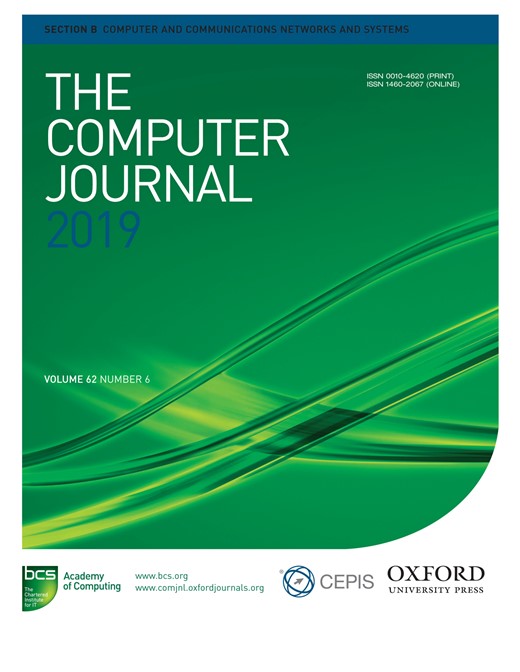-
Views
-
Cite
Cite
Faisal Ahmed, Corentin Kervadec, Yannick Le Moullec, Gert Tamberg, Paul Annus, Autonomous Wireless Sensor Networks: Implementation of Transient Computing and Energy Prediction for Improved Node Performance and Link Quality, The Computer Journal, Volume 62, Issue 6, June 2019, Pages 820–837, https://doi.org/10.1093/comjnl/bxy101
Close - Share Icon Share
Abstract
Over the last decades, research and development in energy harvesting significantly changed the traditional way of powering electronic devices, as exemplified by the emergence of battery-less wireless sensor nodes. In contrast to existing works that consider energy prediction and transient computing separately, we present a novel approach for the joint implementation of these two modalities aimed at improving the adaptability and robustness of applications running on battery-less nodes. The proposed approach performs online energy measurements and store them as energy profiles. Based on these, we use our recently proposed LINE-P (Case-II) model to estimate the energy availability in the near future. These energy estimates are exploited in a transient computing mechanism that manages the operation of the nodes, in particular their wireless communication functions. We present an implementation thereof for a peer-to-peer application on FRAM-based wireless sensor nodes (TI MSP430FR5739 MCU and TI CC2500 transceiver) that operate without energy storage. In a first set of experiments, the nodes are powered by a power supply programmed to mimic the intermittent nature of harvested energy; in a second set, they are powered by a solar panel yielding real datasets (profiles) at 1, 5 and 10-min data intervals. The experimental results show how the proposed combined transient computing and energy prediction approach addresses various issues such as time failure of the node and system shutdown, as well as how the link quality and overall performance of the peer-to-peer application are improved.




